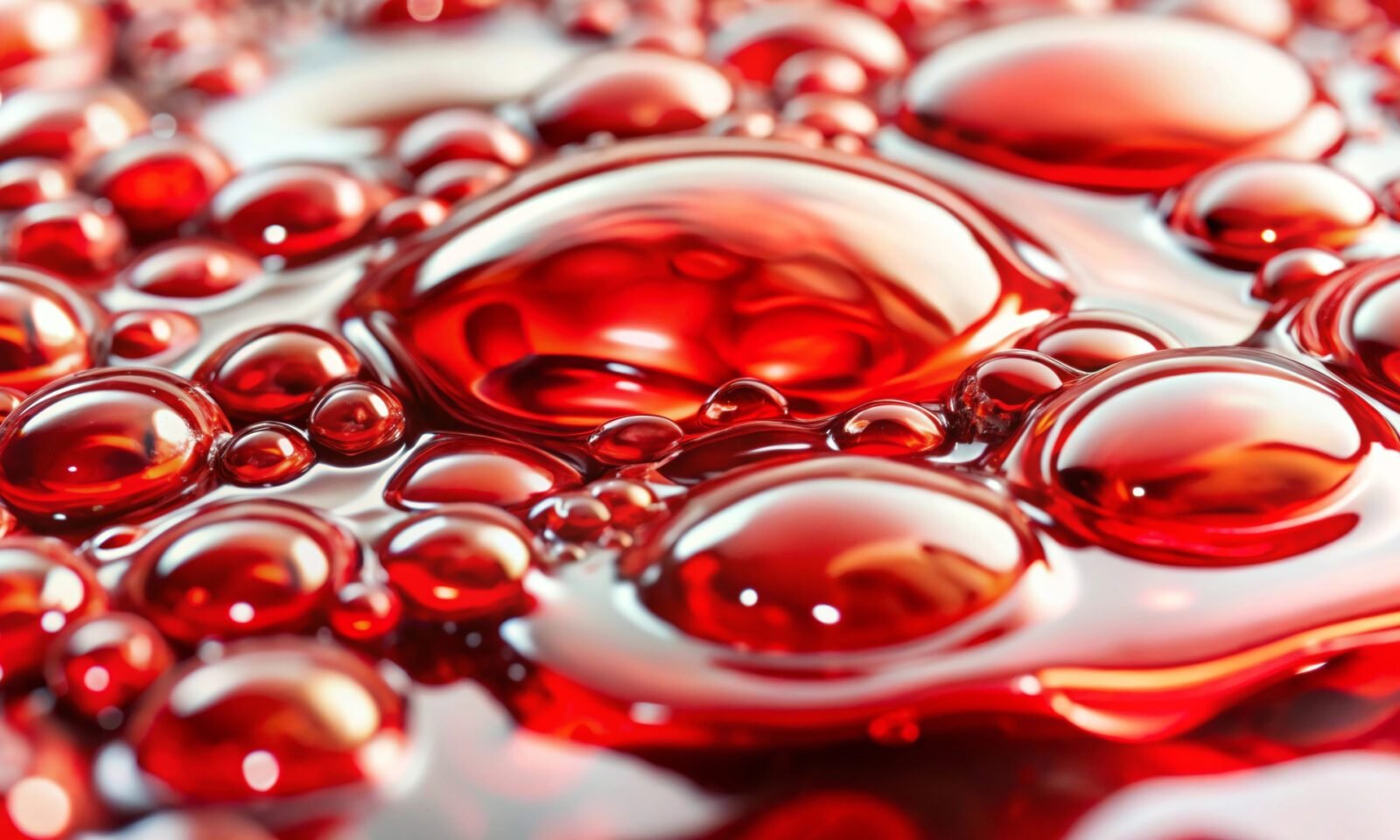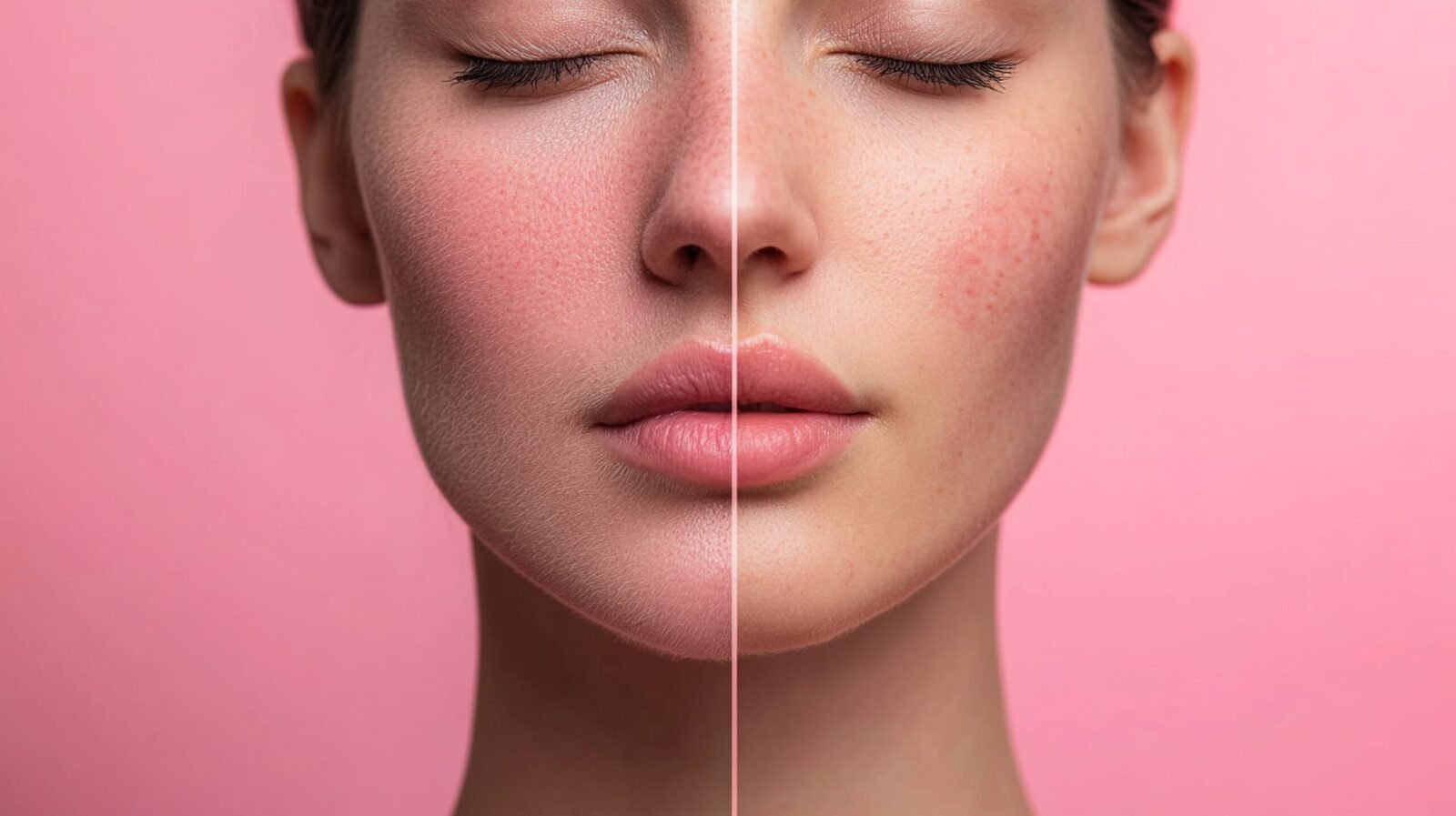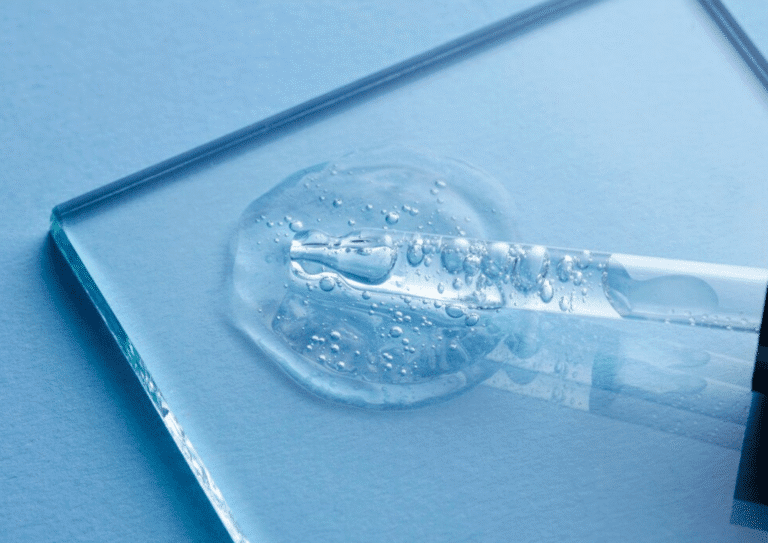Over the last few years, dissolving microneedle patches have evolved from clinical dermatology tools into a promising cosmetic delivery platform. Once confined to transdermal drug delivery, these biodegradable patches are now used to deliver peptides, brighteners, and vitamins directly into the skin’s viable layers. Meanwhile, conventional topical serums remain the gold standard in most cosmetic formulations, balancing efficacy with consumer convenience. So when should chemists choose microneedle delivery over a topical serum? This article breaks down the mechanisms, actives, and performance evidence to guide smart formulation decisions.
Scientific Background
How Dissolving Microneedle Patches Work
Dissolving microneedle (DMN) patches consist of microscopic projections made from biodegradable materials such as hyaluronic acid, PVP, or carboxymethyl cellulose. These microneedles painlessly penetrate the stratum corneum and dissolve within minutes, releasing active ingredients into the epidermis or dermis. The result is improved delivery of otherwise poorly permeating actives — without needles or medical waste.
Why Compare with Topical Serums?
Serums remain the backbone of cosmetic delivery. They are flexible, stable, and well-tolerated — but penetration is limited by the barrier function of the stratum corneum. Microneedles bypass this barrier, enhancing transdermal diffusion by creating microchannels. However, they require different formulation strategies, cost more to produce, and face stricter safety documentation under cosmetic regulations. Understanding both approaches allows chemists to align efficacy with feasibility.
Comparative Insights
Mechanism of Penetration
In a conventional serum, active diffusion occurs through passive transport or chemical enhancers. By contrast, microneedle patches achieve direct deposition into the skin, where dissolution releases actives in situ. Studies show that DMN patches can increase dermal delivery up to 10–20 times for hydrophilic molecules such as tranexamic acid (TXA) or peptides. This deeper diffusion is especially beneficial for pigmentation and wrinkle-repair targets that require action below the surface.
Efficacy Evidence
Clinical studies confirm measurable improvements with microneedle use. For example, a 2024 study using 0.5% Tranexamic Acid (TXA) in hyaluronic acid microneedles reported a 25% greater reduction in melasma severity index compared to topical application alone. Similarly, peptide-based DMN systems have shown superior results in wrinkle depth reduction and collagen density improvement compared to topical serums containing the same peptides. However, outcomes depend strongly on the active’s molecular weight, solubility, and release profile.
When Topical Serums Still Win
Despite superior penetration, microneedles are not ideal for every formula. Topical serums excel for lipophilic or antioxidant-sensitive actives like Vitamin C derivatives and retinoids, which perform best in emulsified or anhydrous environments. They are also easier to scale, more affordable, and offer instant sensory satisfaction. Consequently, serums remain preferred for daily use, while microneedle patches are best reserved for periodic intensive treatments or targeted delivery.
Formulation Guide
Actives Suited for Microneedle Delivery
- Tranexamic Acid (TXA): Highly water-soluble brightener with poor topical penetration. Microneedle delivery increases epidermal diffusion and visible brightening within two weeks.
- Peptides (e.g., Matrixyl, Argireline): Microneedles protect peptides from enzymatic degradation and deliver them deeper for enhanced collagen stimulation.
- Vitamin C Derivatives: Stable, water-soluble forms such as ascorbyl glucoside or magnesium ascorbyl phosphate perform well when encapsulated in dissolving matrices.
- Niacinamide: A compatible hydrophilic molecule showing improved bioavailability through DMN patches, enhancing barrier function and tone.
Formulation Materials
The most common dissolving microneedle materials include:
- Hyaluronic Acid: Biocompatible, hydrating, and quickly dissolving in skin moisture.
- Polyvinylpyrrolidone (PVP): Improves structural strength and rapid dissolution.
- Carboxymethyl Cellulose (CMC): Offers slow, controlled dissolution suitable for sustained release.
- Pullulan or Chitosan: Adds bioadhesion and stability for complex actives.
Manufacturing Process Overview
The process typically involves casting a polymer–active mixture into micro-mold arrays, vacuum-drying to form solid cones, and backing with a flexible polymer film. For dual-phase designs, actives can be concentrated at the microneedle tips for rapid release and loaded in the base for extended delivery. Careful control of humidity and temperature ensures uniform mechanical strength and dissolution rates.
Compatibility with Encapsulation Systems
Combining microneedles with encapsulated actives can significantly enhance stability. For example, peptides or vitamin C derivatives encapsulated in Solid Lipid Nanoparticles (SLN) or Nanostructured Lipid Carriers (NLC) can be integrated into microneedle matrices for double-layered protection. This synergy provides controlled release and oxidation resistance while maintaining biodegradability.
Safety and Regulatory Compliance
Safety Limits and Skin Integrity
Dissolving microneedles are classified as cosmetic devices as long as they do not reach the dermis or claim medical treatment. The needle length for cosmetic use should remain below 300 μm to prevent bleeding or inflammation. EU and MoCRA regulations require patch biocompatibility testing, dissolution time validation, and cytotoxicity assays before commercialization. Additionally, full traceability of polymers and actives is necessary for dossier inclusion.
Claim Language and Compliance
Marketing claims should emphasize visible results and consumer perception while avoiding medical implications. Acceptable examples include:
- “Enhances absorption of active ingredients through dissolving microneedles.” ✅
- “Delivers peptides and brighteners deep into the skin for visible improvement.” ✅
- “Treats melasma or medical conditions.” ❌ (Not compliant)
All safety and efficacy data should be documented within the MoCRA Safety Dossier and Claims & Testing Hub for transparent substantiation.
Consumer Acceptance and Trends
Microneedle patches align with the “skin-tech” trend — where consumers seek visible, science-backed performance. Clinical efficacy and social media buzz continue to drive demand, especially in Asia and North America. As biodegradable and pain-free systems gain trust, chemists have a unique opportunity to bridge cosmetic luxury with dermatological precision.
Summary & Key Takeaways
When Microneedles Win
- For hydrophilic actives with poor topical penetration (TXA, peptides, vitamin C derivatives).
- When faster and deeper delivery is essential for visible results.
- When marketing innovation or high consumer engagement is a priority.
When Serums Still Lead
- For lipophilic, antioxidant-sensitive actives (retinol, liposomal vitamins).
- When cost, texture, or sensory experience are key to product adoption.
- For daily-use maintenance formulations or layering routines.
Next Steps for Chemists
Both microneedle patches and serums have distinct strengths — the future lies in their synergy.
Formulators can create integrated regimens combining a weekly microneedle booster with a daily topical serum for sustained performance.
To explore suitable actives such as Tranexamic Acid,







